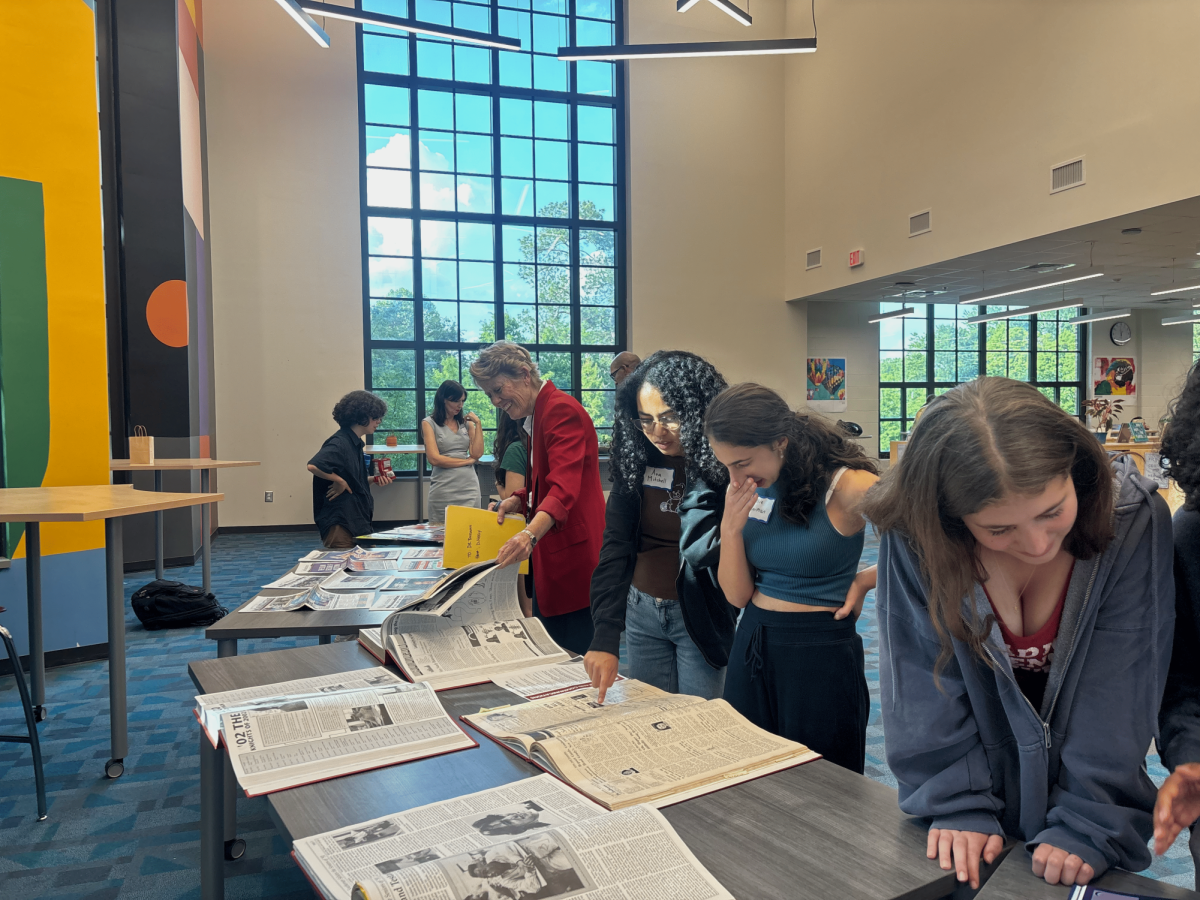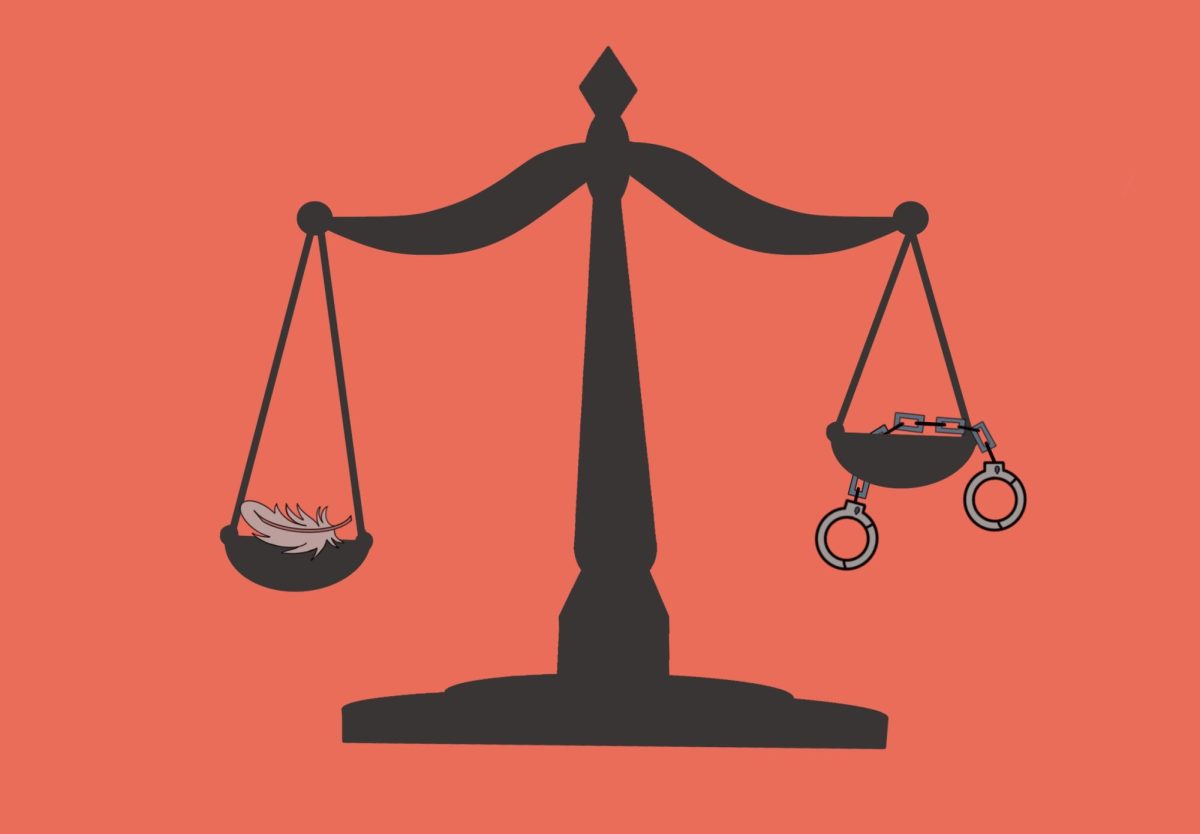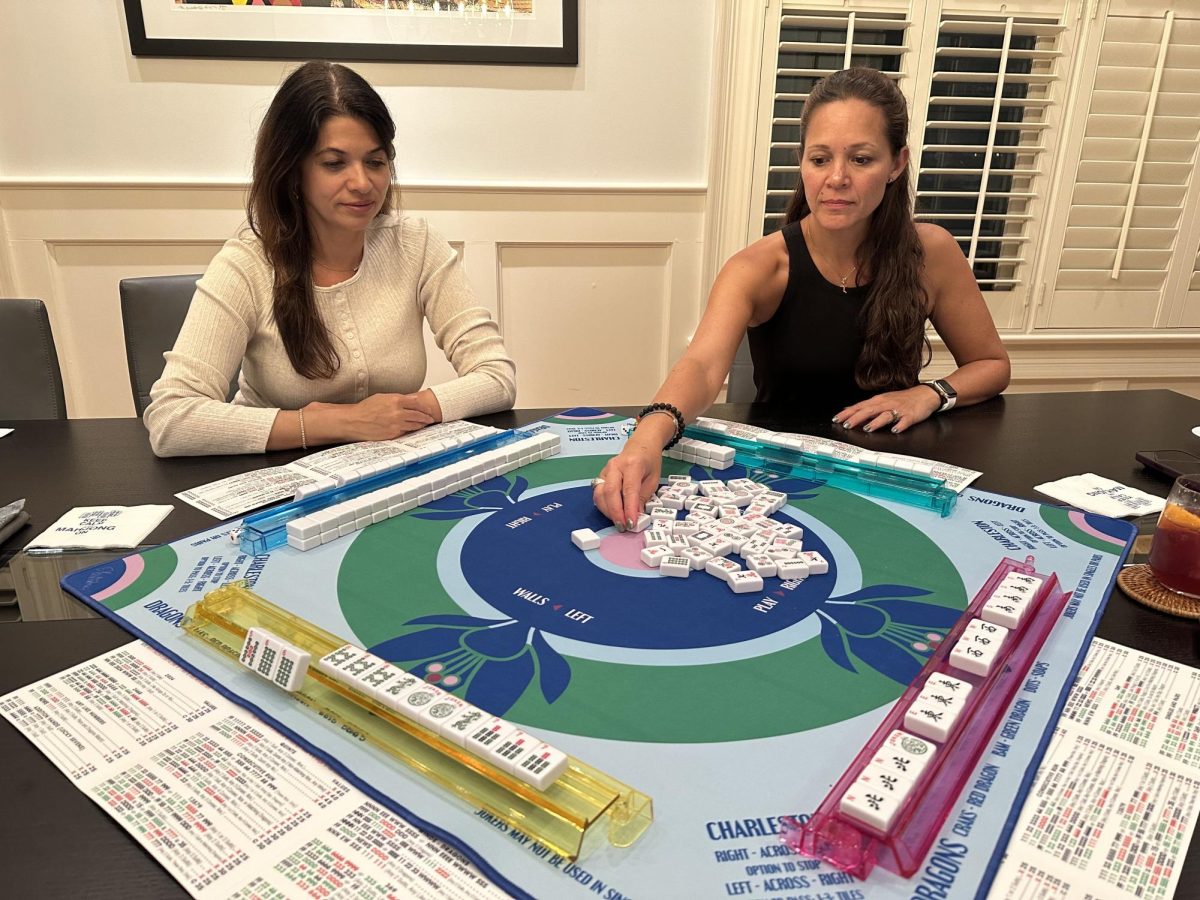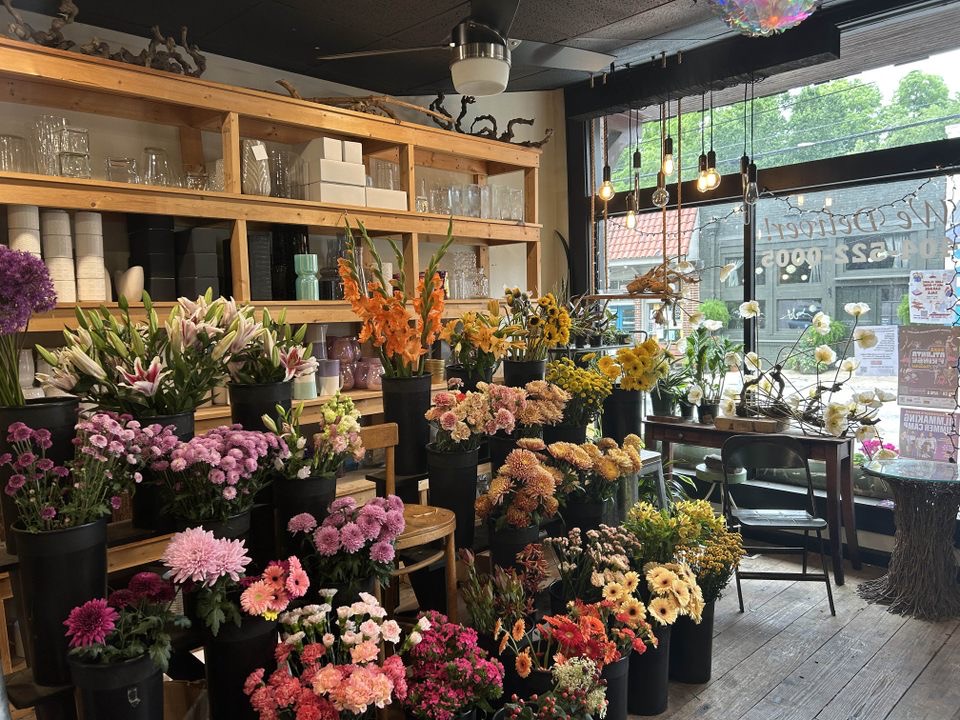Thrift stores have been around since the late 19th century and initially served as a way for impoverished immigrants and Americans to find secondhand, yet wearable clothing for their day to day life. While thrift stores began with good intentions, in the 1950s, many Americans sought out thrift stores in order to buy cheap clothing that was considered “vintage.”
The practice of Americans shopping regularly at thrift stores has only increased over the past 100 years, with a dramatic increase during and following the Covid-19 pandemic. This led to many Gen Z Americans shopping frequently at stores such as Value Village, Goodwill and even Salvation Army.
The image of thrift stores has been twisted into a place where teenagers can buy cheap and trendy clothes and have the chance to resell them on sites such as Depop and Etsy instead of thrift stores being used by impoverished Americans who don’t have the means to buy new clothes.
However, teenage resellers aren’t the only problem with thrift stores, many thrift stores such as Goodwill have noticed that more people are shopping at thrift stores to resell and for aesthetic purposes, so they respond by drastically hiking the prices of all their clothing. What used to be a $3 shirt that could be easily bought by an impoverished American is now a $20 vintage tee that can be sold or worn by people who don’t need to shop at thrift stores.
Because of the increase of people shopping at thrift stores and more people reselling the items on secondhand sites, many thrift stores are now catered towards people who have the privilege to shop there, and not the people who have no other option. Thrifting has now become a source of fast fashion and is virtually inaccessible for impoverished Americans.
It is not uncommon for high school students to shop at thrift stores, however, the issue arises not from the influx of people in general, but the reason people are shopping at thrift stores.
Many younger Americans like to be able to shop for their own clothes that are affordable and have the potential to be stylish without the cost of a name brand, others shop as a social activity and treat it just like any other store. However, some buy with the sole purpose of reselling and profiting off of the inexpensive clothing, or solely because of the aesthetic of thrifting regardless of if the price is actually cheaper than a department or secondhand store.
It is important to reevaluate how we as students approach thrifting and why we do it. Thrifting because it’s affordable fits what most thrift stores have in mind for their customers and therefore doesn’t inherently contribute to the fast fashion culture of thrifting, however, if a person has enough money to buy something that from a mainstream brand and chooses thrift stores so they can buy in bulk, that can create a problem. We should be mindful about whether we really need to buy an excessive amount of clothes just because we have a cheap source.
Another way that we, as students, can stop fast fashion in thrifting is to never buy something from a thrift store solely for the purpose of reselling. Reselling directly from the thrift store leads to prices getting more expensive in thrift stores, and also leads to people buying cheap clothing in bulk at thrift stores and then selling it off at higher prices, which is possibly the most harmful for impoverished Americans who need access to those clothes.
We can also limit the amount of purchases we do at thrift stores solely for the aesthetic purpose of it. Buying oversized or older clothes may look appealing, but be mindful that especially for oversized or smaller clothes, you may be taking the clothes away from Americans who struggle finding clothes their size in department stores and use thrift stores as one of their limited options. By making plus sized and smaller clothing items harder to find, prices will go up for those pieces and make them harder to buy for the people who need them.
The final and biggest way that us as students can stop fast fashion taking over thrift stores is to donate more than we buy. Go through your old or unused clothes and donate them to nearby donation centers so you can put back into the thrift stores what you are buying. By using these steps, we can make thrift stores not only more accessible to impoverished people, but also accessible to any American who wants to shop at thrift stores.
















